Diabetes Care:不符合手术标准的肥胖患者也能从减肥手术中获益
2013-05-07 Diabetes Care dxy
根据当前的减肥手术标准,BMI<35 kg/m2和BMI 35-40 kg/m2以及没有合并症的患者不符合手术标准。来自瑞典哥德堡大学Sahlgrenska学院医学系的Sj?holm教授等人进行了一项研究,他们使用瑞士肥胖者(SOS)研究探讨不符合与符合手术标准患者的长期结局。研究表明,如果治疗目的在于预防糖尿病和改善心血管危险因素,减肥手术优先化的严格的BMI切点值的作用有限。研究结果在线
根据当前的减肥手术标准,BMI<35 kg/m2和BMI 35-40 kg/m2以及没有合并症的患者不符合手术标准。来自瑞典哥德堡大学Sahlgrenska学院医学系的Sj?holm教授等人进行了一项研究,他们使用瑞士肥胖者(SOS)研究探讨不符合与符合手术标准患者的长期结局。研究表明,如果治疗目的在于预防糖尿病和改善心血管危险因素,减肥手术优先化的严格的BMI切点值的作用有限。研究结果在线发表于2013年1月美国《糖尿病治疗》(Diabetes Care)杂志上。
SOS研究包含了2,010名行减肥手术的肥胖患者(68%垂直遮断胃成形术,19%束带术,13%胃旁路术)和2,037名经匹配的接受常规治疗的肥胖者(对照组)。纳入研究时,参与者年龄37-60岁,男性BMI≥34 kg/m2,女性BMI≥38 kg/m2。评价减肥手术对符合(n=3,814)与不符合(n=233)目前手术标准患者的影响。数据分析截至日期为2012年1月1日。随访时间达20年,中位时间10年。
结果显示,随访10年后,符合与不符合手术标准的患者心血管危险因素均得到显著改善。减肥手术减少两组患者的糖尿病发生率,不符合手术标准患者校正的HR为0.33(95% CI 0.13-0.82, P=0.017),符合手术标准患者HR 为0.27(0.22-0.33, P<0.001)。减肥手术对两组患者的影响没有差异(校正的相互作用P=0.713)。
研究发现,减肥手术显著降低符合与不符合手术标准患者的2型糖尿病发生率,改善心血管危险因素。结果表明,如果治疗目的在于预防糖尿病和改善心血管危险因素,减肥手术优先化的严格的BMI切点值的作用有限。
与肥胖相关的拓展阅读:
- Ann Surg:肥胖乳腺癌患者术前抗生素预防可降低手术部位感染发生率
- Lancet:利尿剂并不是对肥胖高血压患者合理的治疗方案
- Cell Metab:操纵Tyk2成功逆转小鼠肥胖
- Cell Metab:挑战常规,小鼠研究证实胰岛素导致肥胖
- Nat Medicine:开发出治疗肥胖的安全有效的激素结合疗法
- JCI:新动物模型研究肥胖是不可逆转的 更多信息请点击:有关肥胖更多资讯
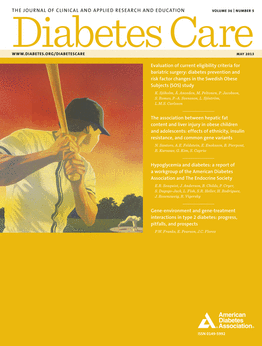
Evaluation of Current Eligibility Criteria for Bariatric Surgery: Diabetes prevention and risk factor changes in the Swedish Obese Subjects (SOS) study.
Abstract
OBJECTIVE Patients with a BMI <35 kg/m(2) and patients with a BMI between 35 and 40 kg/m(2) without comorbidities are noneligible by current eligibility criteria for bariatric surgery. We used Swedish obese subjects (SOS) to explore long-term outcomes in noneligible versus eligible patients. RESEARCH DESIGN AND METHODS The SOS study involved 2,010 obese patients who underwent bariatric surgery (68% vertical-banded gastroplasty, 19% banding, and 13% gastric bypass) and 2,037 contemporaneously matched obese controls receiving usual care. At inclusion, the participant age was 37-60 years and BMI was ≥34 kg/m(2) in men and ≥38 kg/m(2) in women. The effect of surgery was assessed in patients that do (n = 3,814) and do not (n = 233) meet current eligibility criteria. The date of analysis was 1 January 2012. The follow-up time was up to 20 years, with a median of 10 years. RESULTS Cardiovascular risk factors were significantly improved both in noneligible and eligible individuals after 10 years of follow-up. Surgery reduced the diabetes incidence in both the noneligible (adjusted hazard ratio 0.33 [95% CI 0.13-0.82], P = 0.017) and eligible (0.27 [0.22-0.33], P < 0.001) groups. We could not detect a difference in the effect of surgery between the groups (adjusted interaction P value = 0.713). CONCLUSIONS Bariatric surgery drastically reduced the incidence of type 2 diabetes both in noneligible and eligible patients and improved cardiovascular risk factors in both groups. Our results show that strict BMI cutoffs are of limited use for bariatric surgery prioritization if the aim is to prevent diabetes and improve cardiovascular risk factors.
本网站所有内容来源注明为“梅斯医学”或“MedSci原创”的文字、图片和音视频资料,版权均属于梅斯医学所有。非经授权,任何媒体、网站或个人不得转载,授权转载时须注明来源为“梅斯医学”。其它来源的文章系转载文章,或“梅斯号”自媒体发布的文章,仅系出于传递更多信息之目的,本站仅负责审核内容合规,其内容不代表本站立场,本站不负责内容的准确性和版权。如果存在侵权、或不希望被转载的媒体或个人可与我们联系,我们将立即进行删除处理。
在此留言




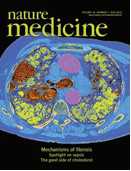
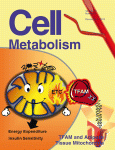

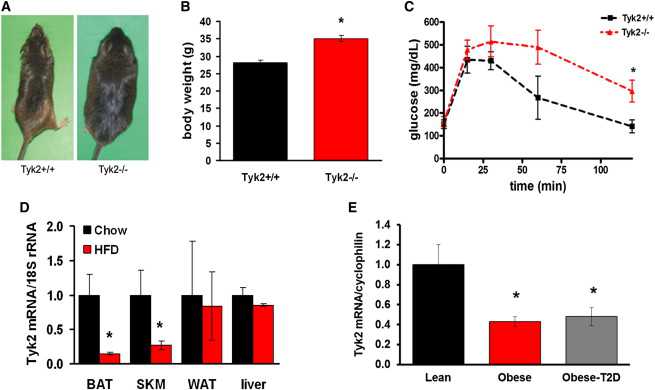
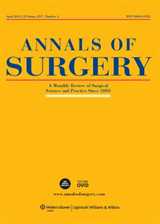




#DIA#
69
#肥胖患者#
67
#Diabetes#
63
#BET#
65